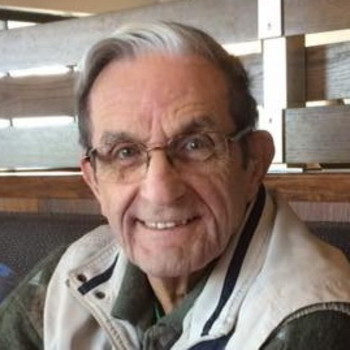Small amounts of NH3 and HCl(g) are released simultaneously at the opposite ends of a 2 metres long tube. At what point the formation of NH4Cl would start? (Either end of the tube can be used to tell the answer.)
1 Answer
The formation of
Explanation:
Graham's law of diffusion states that the rate of diffusion of a gas is inversely proportional to the square root of its molecular mass.
We can write the law as
#color(blue)(bar(ul(|color(white)(a/a)r_1/r_2 =sqrt(M_2/M_1)color(white)(a/a)|)))" "#
where:
If Gas 1 is
Thus, the
A white ring of
Let
Then
So, the white ring will be formed at a distance of 0.8 m from the
.

